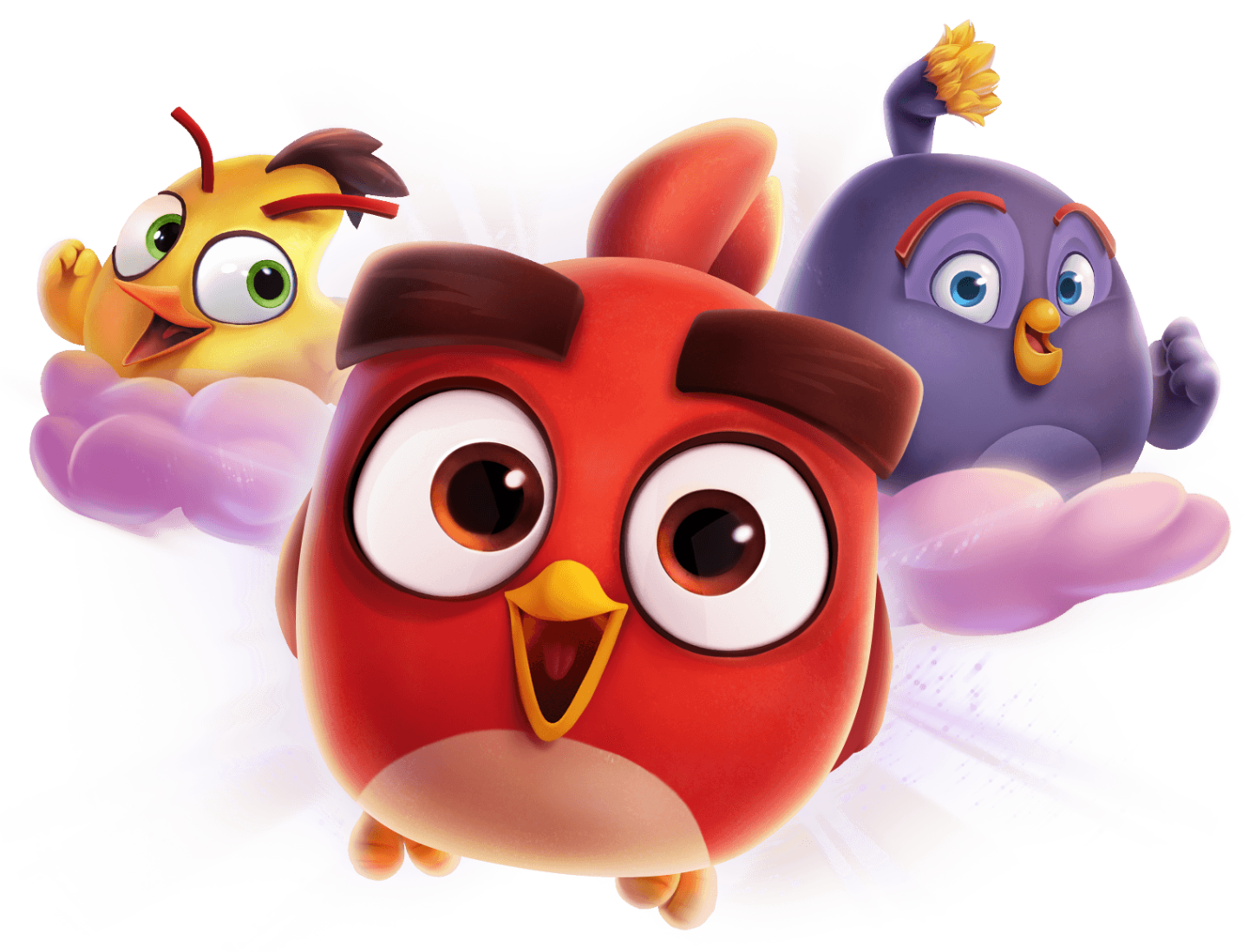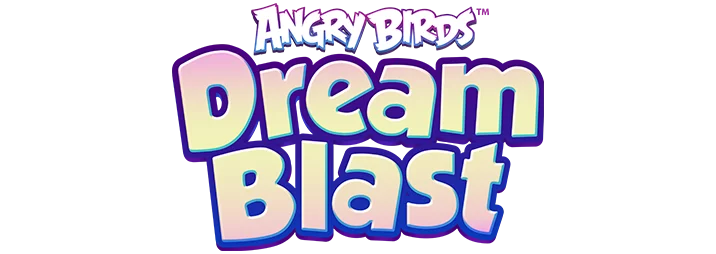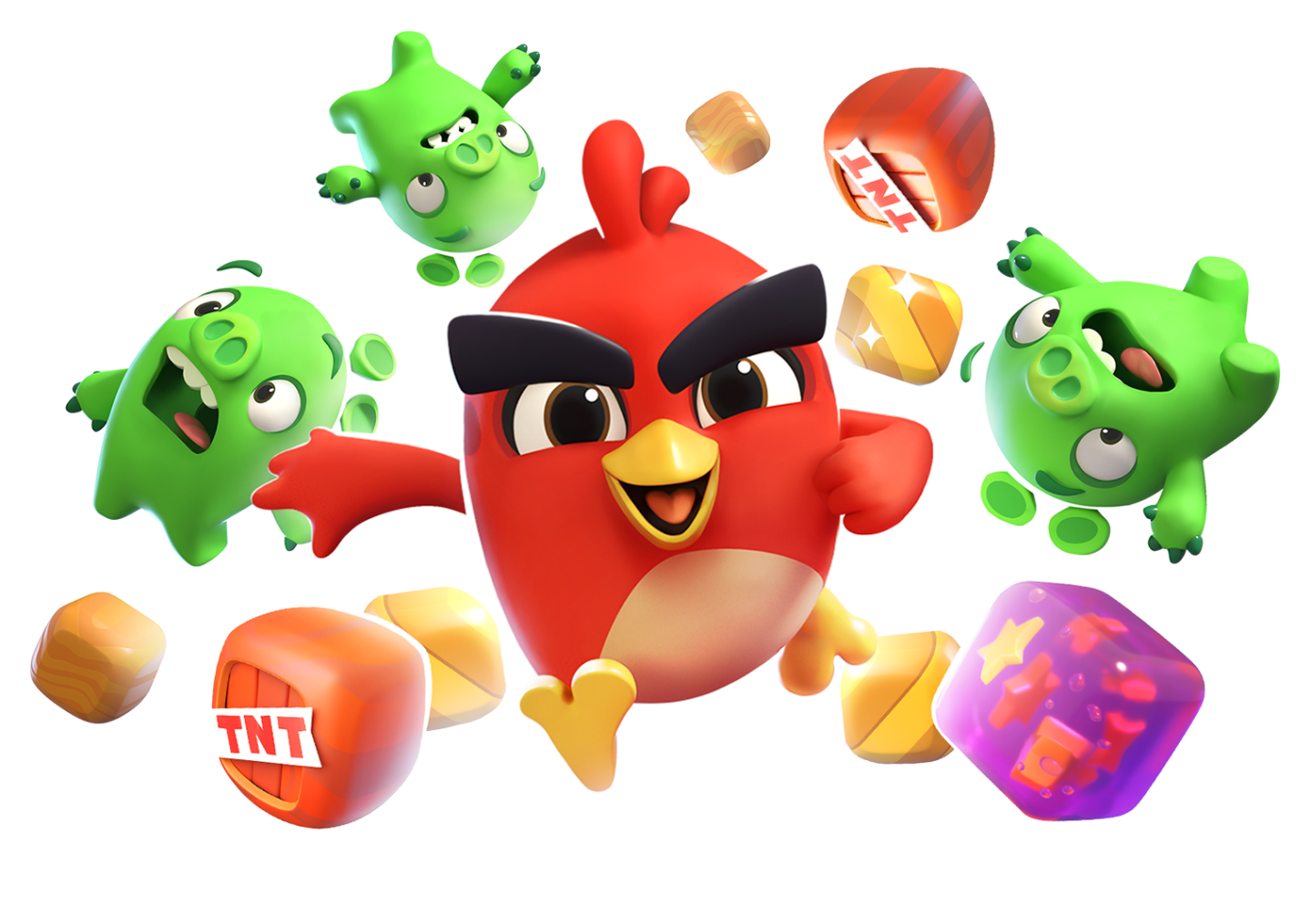

Learn about machine learning at Rovio and why Jorge is an essential employee.
Operating within Rovio’s Beacon unit, the machine learning team works to develop tools to assist Rovio’s game teams in crafting the best games for players. With their sights set on a future where games can be tailored to every individual player, they have dedicated their time to tackling areas such as difficulty scaling and player churn prediction, among others, to optimize players’ game experiences.
Senior Machine Learning Engineer Jorge Ramírez Carrasco brings his machine learning expertise to the team to create the models that analyze and predict player behavior and implement optimization in Rovio’s games. Working in close collaboration with teams across the company, Jorge helps find solutions to bring the right players to Rovio’s games, make their time with the games more fun, and keep them coming back again and again. Read a bit about Jorge and his work in the full interview below.
What do you do?
My position at Rovio is a senior machine learning engineer. Our team’s focus is on developing and maintaining tools, based on data, that Rovio’s game teams can use to develop their games. I work with machine learning (ML) solutions specifically, that game teams can employ to create personalized experiences for players and various other things. Our team also works with non-games teams such as user acquisition to create tools that can help in their daily operations.
What kind of tools and solutions are you creating, specifically?
We have several tools currently in production such as the personalized rules I mentioned, that can help game teams offer a better experience to players based on their behavior and how they like to play the game. There is also a tool that helps us predict churn, or when players are likely to leave the game. Game teams can then use this data to customize the game for players at risk of churning in order to retain those players.
We are also experimenting with various tools that help with personalization in general such as dynamic difficulty scaling, adjusting to the player’s behavior to provide players with a manageable difficulty level at all times. It is all focused on giving the players a game experience that they will want to come back to, one that is challenging but not discouraging. One specific example is giving in-game help to players who are struggling with a game. Some players will benefit from receiving help, but others might not appreciate it. Our model can help us see who will benefit from this help so we can give it to the right people and hopefully make their play session more enjoyable.
How do you make that happen? How is the ML team creating tailored game experiences?
That touches on something that I think is very important about Rovio, that we are always making decisions according to data. In the case of the personalized rules, what we are trying to do is analyze the players data, and see their reactions and their behavior in different contexts, and then provide a suitable gaming experience. Many companies, Rovio included, will achieve this by performing A/B tests and applying whatever performs best to all players, but our ultimate goal is really to give an optimal experience to each individual player.
To accomplish this, we examine player data such as demographics, how many boosters they are using, during what time of day they play, and then we can start building a model that takes all of these things into consideration. At the same time, we are working with the game teams to understand why players might behave a certain way, and to decide which game features we should test.
When a player first installs a game, the model will be exploring all of the data coming in. It will consider various decisions that the player is making, like in the in-game help example I mentioned. Will the player accept the help or not? How do they behave afterwards? The initial days are about the model learning and planning, and we can use what it has learned to optimize the game.
We will also check to see if the changes have any unintended consequences. Maybe retention has increased, but time spent in the game has decreased for example. So we can make adjustments. It’s a constant process between us and the game teams. Once we see how the model is impacting the game, the game team can decide whether changes are implemented to all players or only a select few.
What does a typical day look like for you?
We are usually in this mixed mode of maintenance and development so we have tons of flows and pipelines that are running every day, gathering data for our internal reporting pages for example. The first thing I check every day is that everything went well overnight and we have all of our data ready from the previous day.
Also we can have some issues with some of these tools like the models that we have in production. If something has happened and it’s failing, we will have those alerts. So at the very beginning, we check if everything is okay, or if we have to fix something. If it is not urgent, then we continue with our projects that are changing throughout the year.
We do maybe two projects every quarter, which could be developing a new tool, or for example last quarter we were experimenting with the art team and the Angry Birds brand team to see what use cases there were for AI in supporting and improving their creative process. Another example of a project is the dynamic difficulty settings I mentioned earlier.
We are collaborating with different teams so on a typical day, we will meet with the teams that are involved in our projects, whether it is a game team, or UA, and update them on the status of an ongoing project or discuss new projects. Interacting with different teams is an enriching process and you learn a lot from all the different ideas that Rovians have working in different teams.
With Beacon’s tools being available to all Rovio games, how do you implement what you’re working on in new games?
After working on so many games, we have great documentation on flows that we run for setting up everything for new games so we have a procedure in place. All a new game team would have to do is follow the documentation and enable the tools in several environments and everything will start working. In a matter of days, everything can be set up and they can start receiving analytics.
Has it always been your goal to work in games? How did you end up in games?
I have always played video games. I started with Game Boy and PlayStation 1, so it’s something that I have always enjoyed, even if I haven’t spent so much time with them. I never saw working in games to be a career. That was something that is just for fun and work should be a serious endeavor. What drew me to working in games was learning that there is actually some serious data behind the games. It combines some very advanced technologies and game companies are very data centric. So I started to see some opportunities in the games industry.
What is the biggest impact you think ML will have on games in the near future?
I really like this vision of creating personally tailored games, and it is part of what drew me to Rovio to begin with. As more and more people are playing mobile games around the world, players are only becoming more diverse. And with so many games in existence, it is getting more difficult to make a game stand out in advertising channels. So customization on the individual level is a way game companies can provide a great game experience to a diverse audience, and can also be a way to reach the players that will truly enjoy the game.
What do you like to do outside of work?
Our family has recently grown from zero kids to one kid so now we are quite busy with that. I also have a dog that needs my attention. I’m also very into sports, and I’ve been playing in Rovio’s football and basketball hobby clubs, and I also play in a local football club called Haukilahden Pallo. It’s a great way to adapt to living in Finland because most of the players are Finnish so that gives me some motivation to learn the language.
How has the transition to life in Finland been?
I came in the middle of the pandemic when everything was shut down so that was an experience. I actually wasn’t sure if I could get into the country. When I was moving, only Finnish nationals and essential workers were allowed into the country. So I have an official statement from Rovio that I am essential for the country, which really makes me feel valued. A good way to start.
The darkness in the winter can be difficult, but it surprised me how much I enjoy the cold and snow now, and I like how everything changes throughout the year with the seasons. My wife and I really like the Finnish culture and we also feel that everyone has been super kind to us. We’re happy to be here.
More interviews with Rovians:
Games in this article:
-
![]()
![]()
Angry Birds Dream Blast
Life is a bubble-popping dream in a new puzzle game with a gameplay style never-before-seen in an Angry Birds game.
View Game -
![]()
![]()
Angry Birds Journey
Join an all-new Angry Birds game full of fun puzzles and delightful destruction! Use the slingshot to blast blocks as you adventure through fantastic worlds.
View Game







